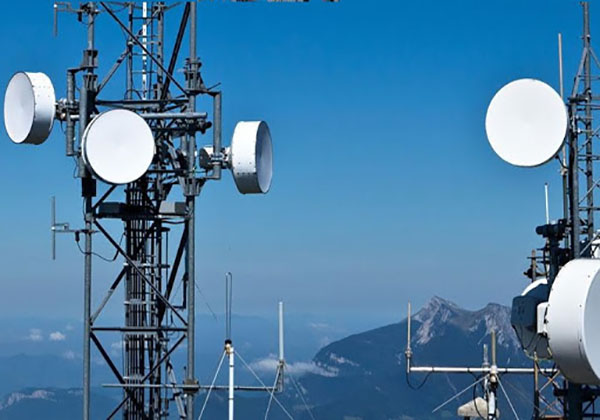Satellite Internet
Air internet is used in areas where there is no appropriate infrastructure for connecting the internet through cables, such as rural and remote areas.
Air internet works by using large broadcast towers that send wireless internet signals to homes and businesses nearby. These devices receive the wireless signals and convert them into an internet connection via cable or a Wi-Fi network.
The range that wireless internet signals can reach is from 1 to 3 kilometers, depending on the signal strength and height of the tower. Therefore, air internet may not be suitable for areas with rugged terrain or tall buildings.
Air internet has many advantages over other types of internet, including:
- Ease of installation: Air internet can be installed in the home or business easily, without the need for specialized labor.
- Portability: Air internet can be used anywhere, making it a good option for people who travel frequently.
- Subscription prices: Air internet subscription prices are lower than subscription prices for other types of internet.
However, air internet also has some disadvantages, including:
- Speed: Wireless internet speeds may be slower than cable internet speeds.
- Environmental impacts: Wireless internet signals can be affected by environmental factors such as trees, buildings, and rain.
In general, air internet is a good option for people who live in areas where there is no appropriate infrastructure for connecting the internet through cables. It is also a good option for people who are looking for a low-cost, portable internet service.
